Fractal GeographyFractal CoastlinesCoastlines are fractals, and we'll explore the approximate self-similarity of the coastline of Britain in the sequence of images below. 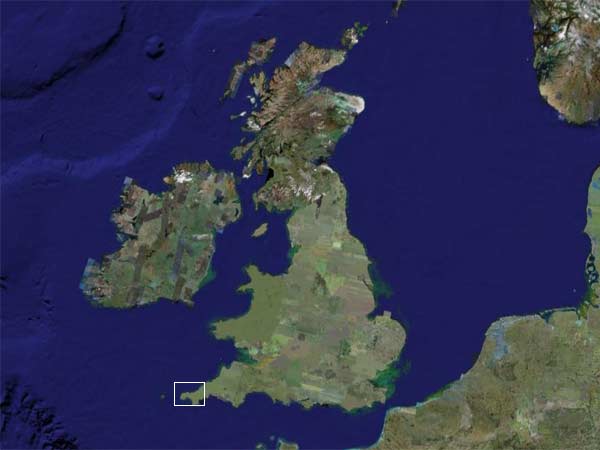
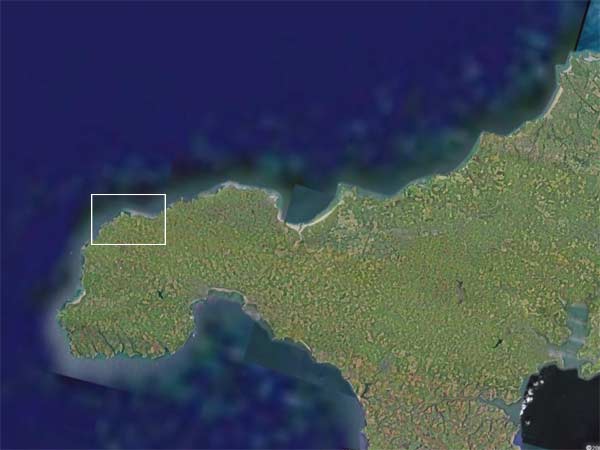
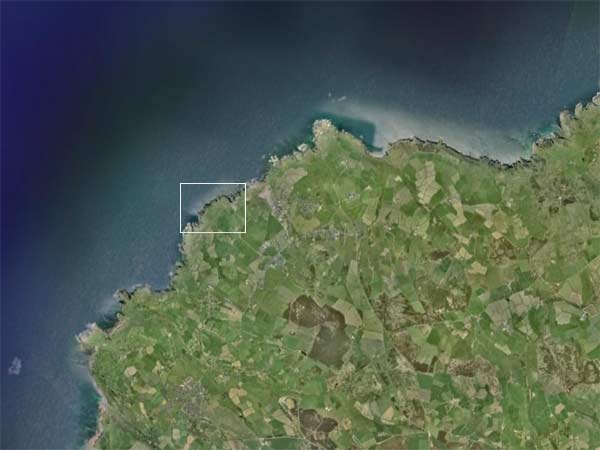
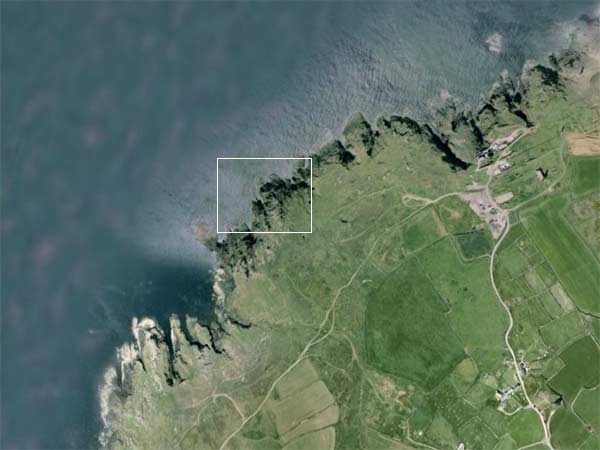
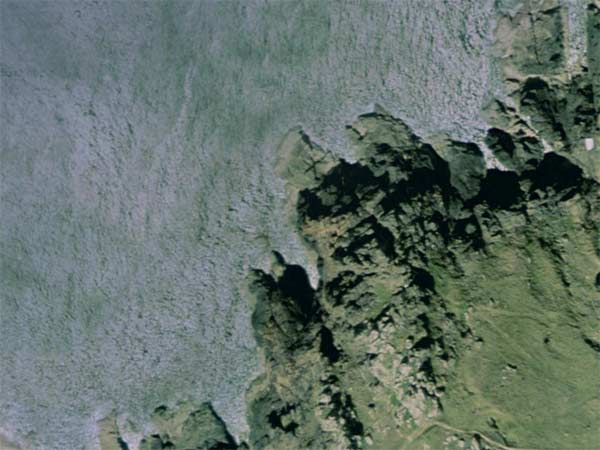
Zooming into the coastline of Britain, you can find each image contained in the previous one (in the white rectangle). Although not exactly self-similar, each image shares approximately the same type of rough, jagged irregular features. Images courtesy of Google Earth. Most coastlines are self-similar, that is they show he same kind of detail at different scales. This is one of the characteristics of fractals. One of the other things all fractals have in common is that they are created by repeating a somple process over and over again. What are the simple, repetitive processes that are responsible for creating the fractal shapes of coastlines? There are several, operating over a range of timescales.
All of these mechanisms serve to sculpt the coastline. The basic point of action is at the interface between the ocean and the rock of the island or continent where it crosses the sea level. The waves provide a steady, relentless, transfer of energy from the ocean to the rocks. This energy from the waves breaks down the rocks on the coasrline. The destructive force of the waves is greatly amplified during storms. The rising and falling of the tides moves the point of impact up and down the rocks; depending on the slope of the land as it enters the ocean, this can also bring the impact of the waves far inward or outward. The same kind of fluctuation happens over larger distances and at a much slower time scale from the rising and falling of the sea level due to climate change or the vertical tectonic motion of the continents. A very interesting hypothesis has been proposed by French Physicist Bernard SapovalREF to account for the fractal nature of coastlines. The amount of energy that a coastline can absorb from the waves is proportional to the length (or perimeter) of the coastline. A self-similar fractal coastline has a very large perimeter, in fact larger than any non-fractal shape. Therefore it is very efficient at absorbing energy from the waves. So as pieces of rock at various scales break off and the coastline changes shape, the coastline takes on a fractal shape that is the most stable, since it is most effective at absorbing the energy. Of course it keeps eroding with the ongoing pounding of the waves, but the fractal coastline shape slows down the erosion as much as possible. When the coastline is shorter, i.e. less fractal, the wave energy breaks down the rocks until it becomes more fractal. Sapoval calls this a self-stabilizing system, and in fact it is an example of a negative feedback loop. 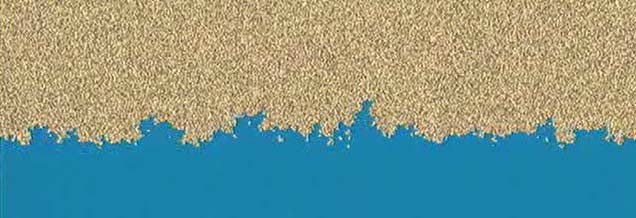
Watch a simulation of the formation of a fractal coastline following Sapoval's model: Format: Quicktime or Windows Media Questions: What is the fastest of the mechanisms involved in breaking down a coastline: [ ] What is the slowest of the mechanisms involved in breaking down a coastline: [ ] What kind of feedback is involved in the self-stabilizing hypothesis of coastline formation: [ ] Which is longer, a fractal coastline or a non-fractal coastline: [ ] |
|
<- PREVIOUS NEXT -> © Fractal Foundation. |